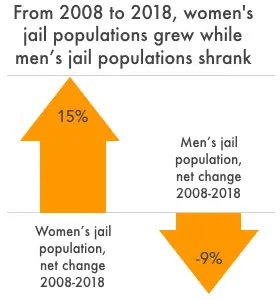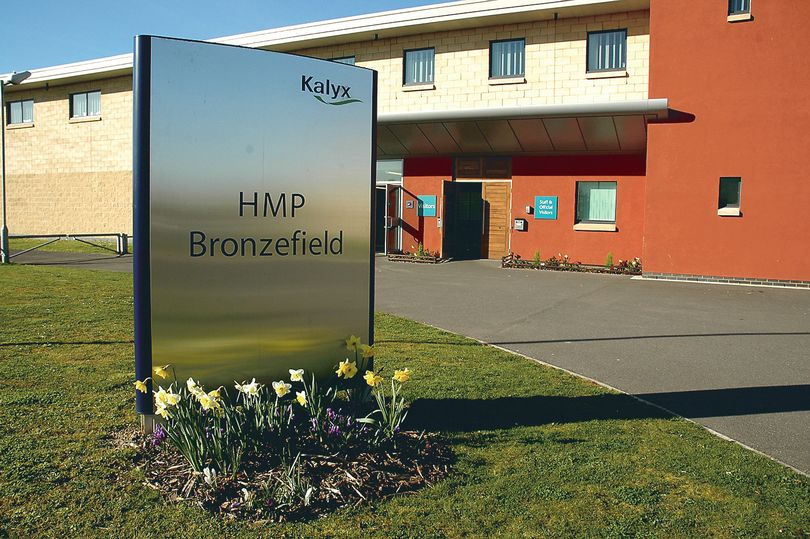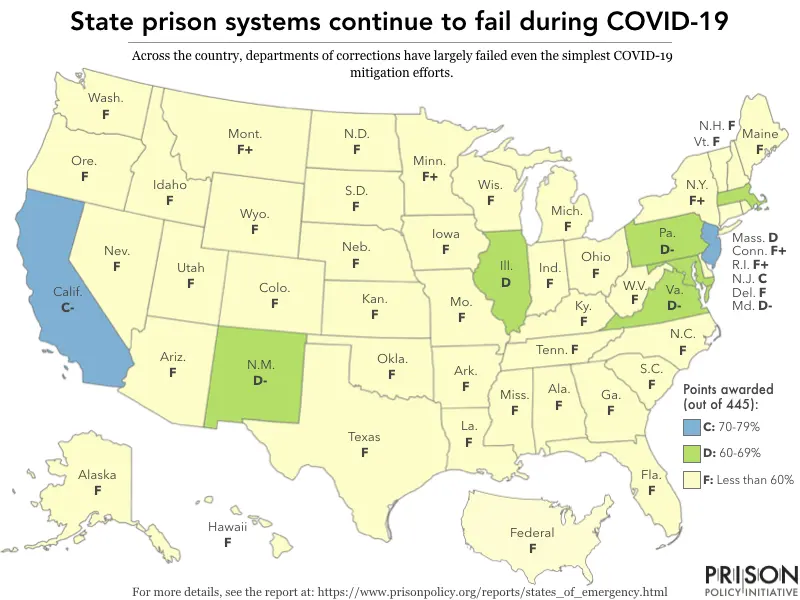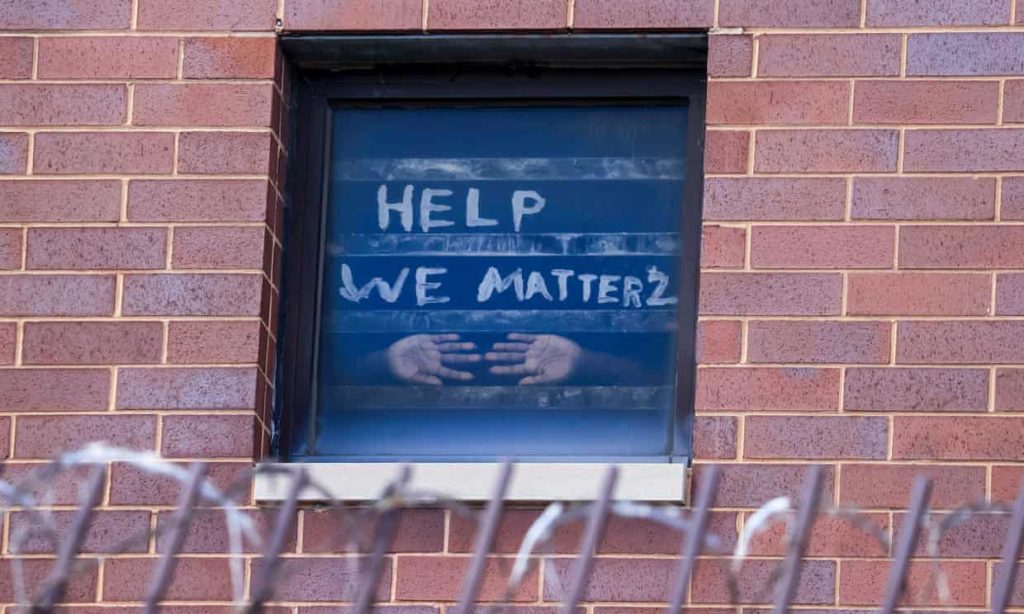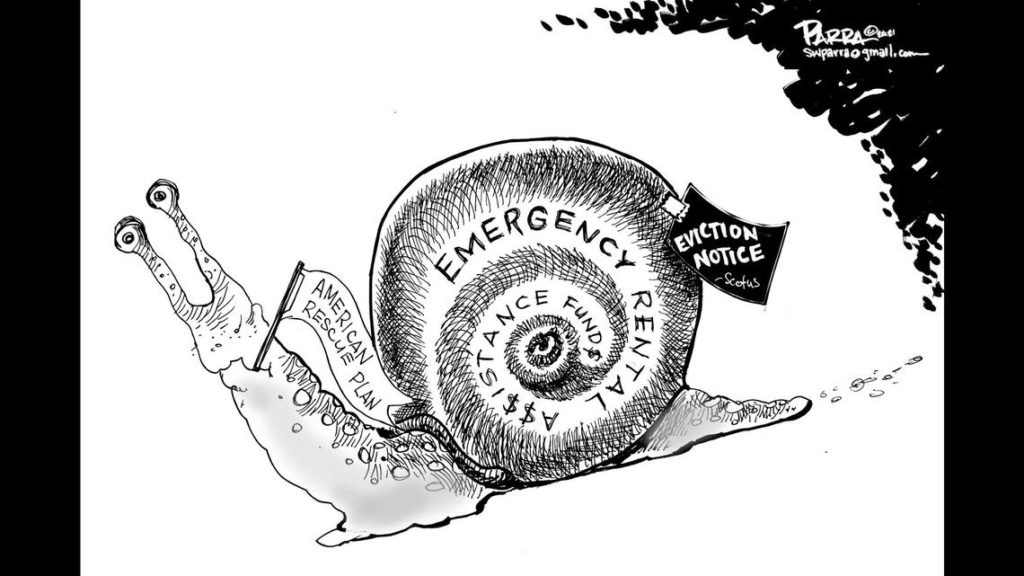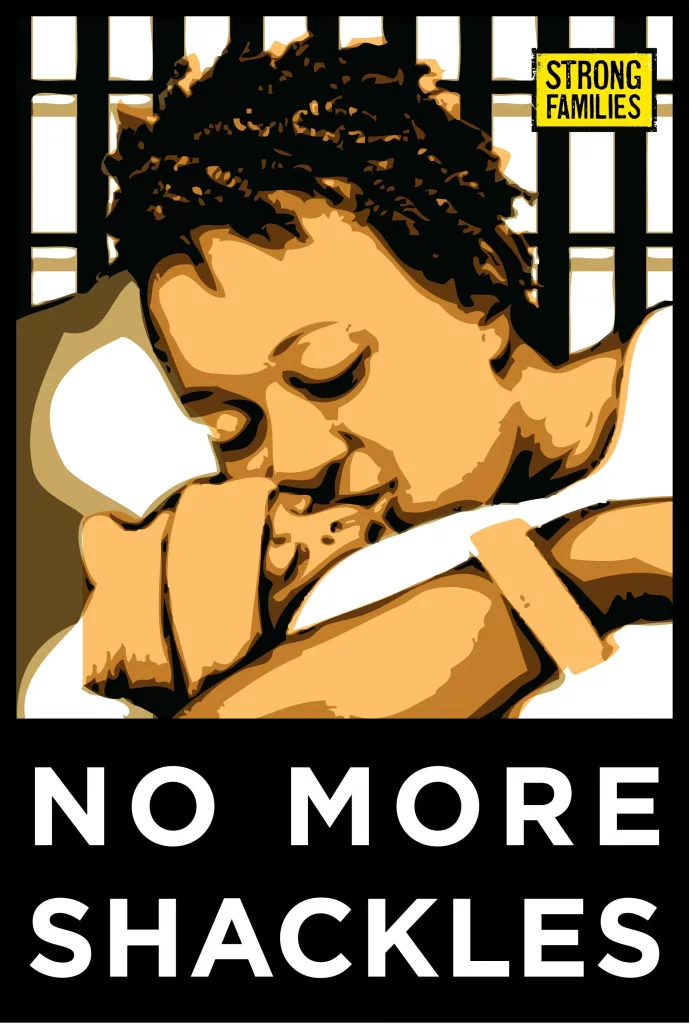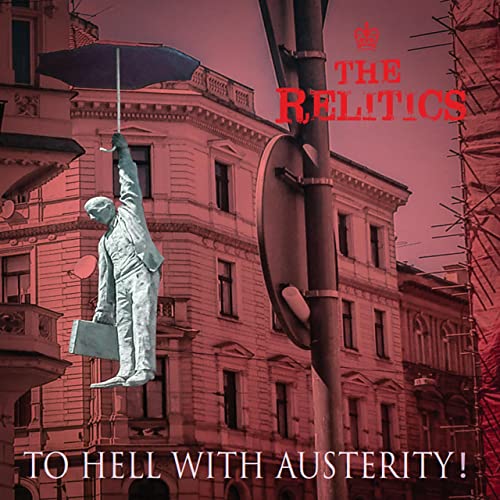
The current government of England and Wales has announced its intention to implement yet another austerity program. Last week, a research report came out that documented that England’s four year experiment with austerity, 2010 to 2014, resulted in an additional 57,550 deaths. The report opens: “The rate of improvement in life expectancy in England and Wales has slowed markedly since 2010. This decline has been most marked for women aged over 85 years and these people tend to be the most physically frail and/or disadvantaged.” Women. Later in the week, a second research study was published that documented that in the poorest urban areas of England, life expectancy since 2010 had dropped, while it had improved in the wealthier areas. After a granular reading of the data from almost 7000 middle-layer super output areas, MSOAs, or postal code areas, the researchers conclude, “The decline … began around 2010 in women in some MSOAs, has spread and accelerated since 2014 …. The decline in life expectancy was more widespread in women than in men.”
In 2008, the Secretary of State for Health asked Michael Marmot to chair an independent review to address health inequities in the United Kingdom. The Marmot Review was published February 2010. Last year, Michael Marmot released a ten-year review, which opens: “Among women, particularly, life expectancy declined in the more deprived areas of the country.”
For ten years, and more, it has been evidence-based public knowledge that austerity kills the poor, workers, people of color, immigrants, those living with disabilities, women. Study after study has demonstrated the impact of cutting social and public services on entire communities. Writ small, austerity is genocide, because its purpose is to wipe out entire local communities. Writ large, austerity is femicide, because, as a policy, austerity always reduces women’s life span and life expectancy as it increases the number of women’s deaths. To hell with austerity!
(By Dan Moshenberg)
(Image Credit: Artscamp / The Relitics)
